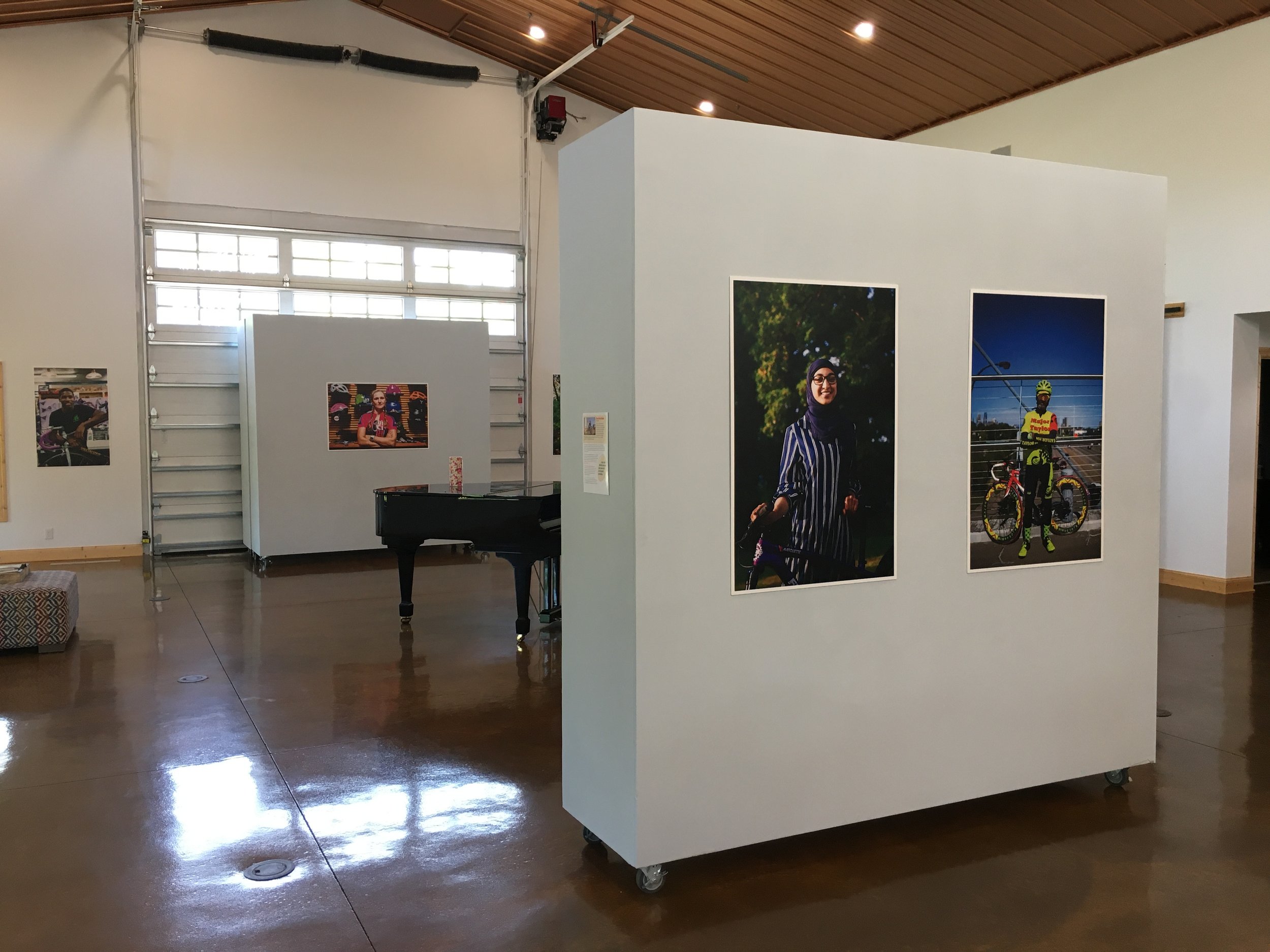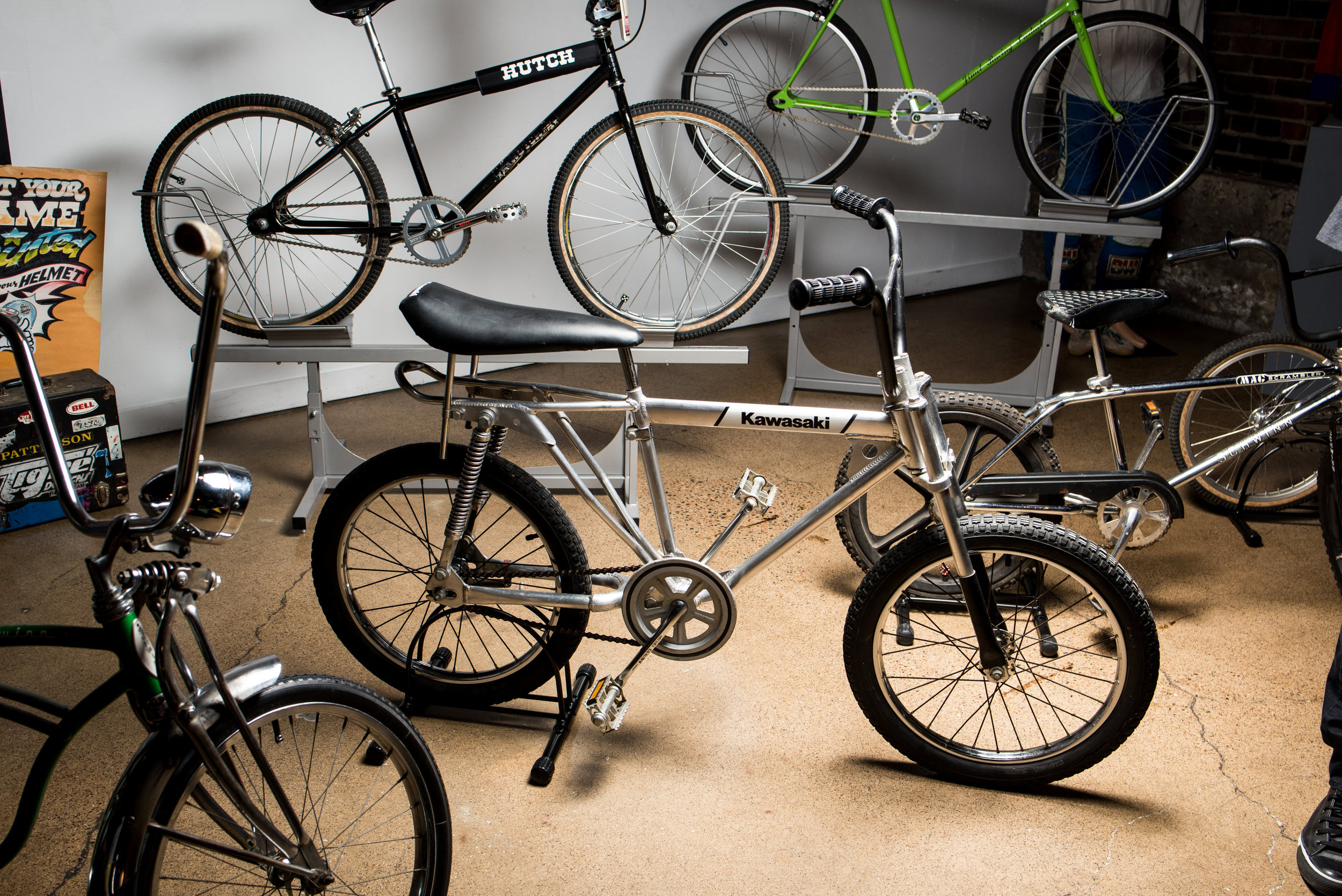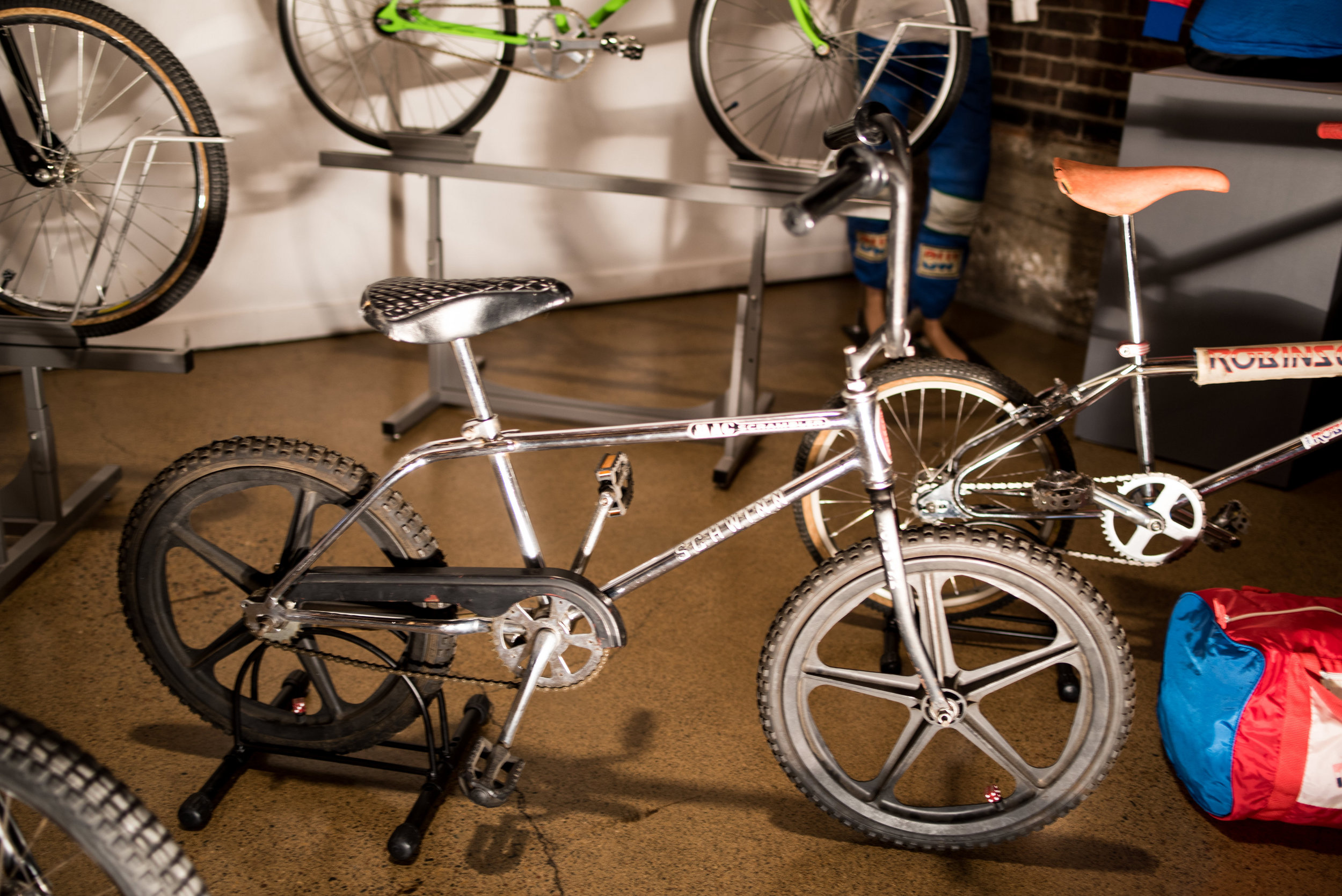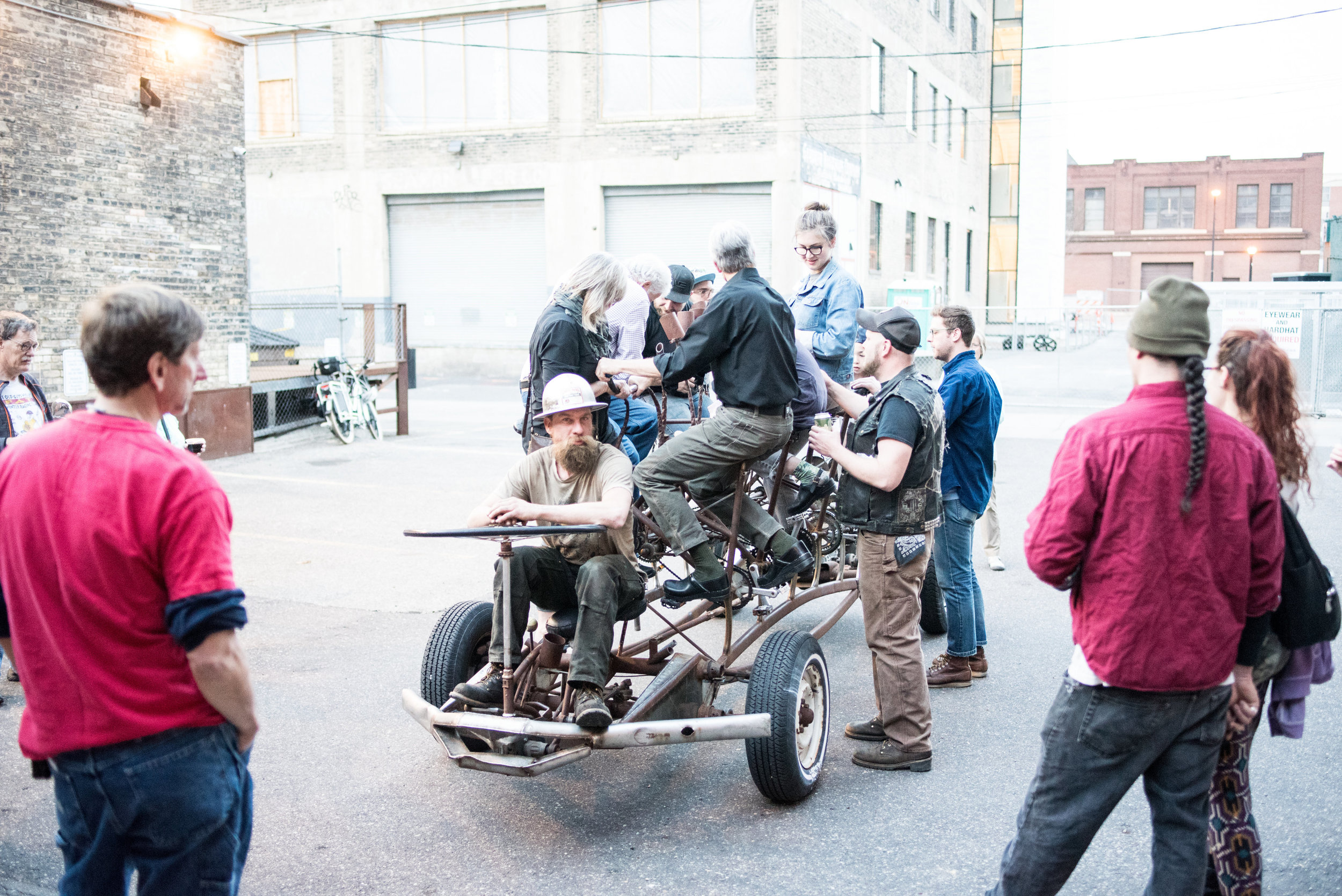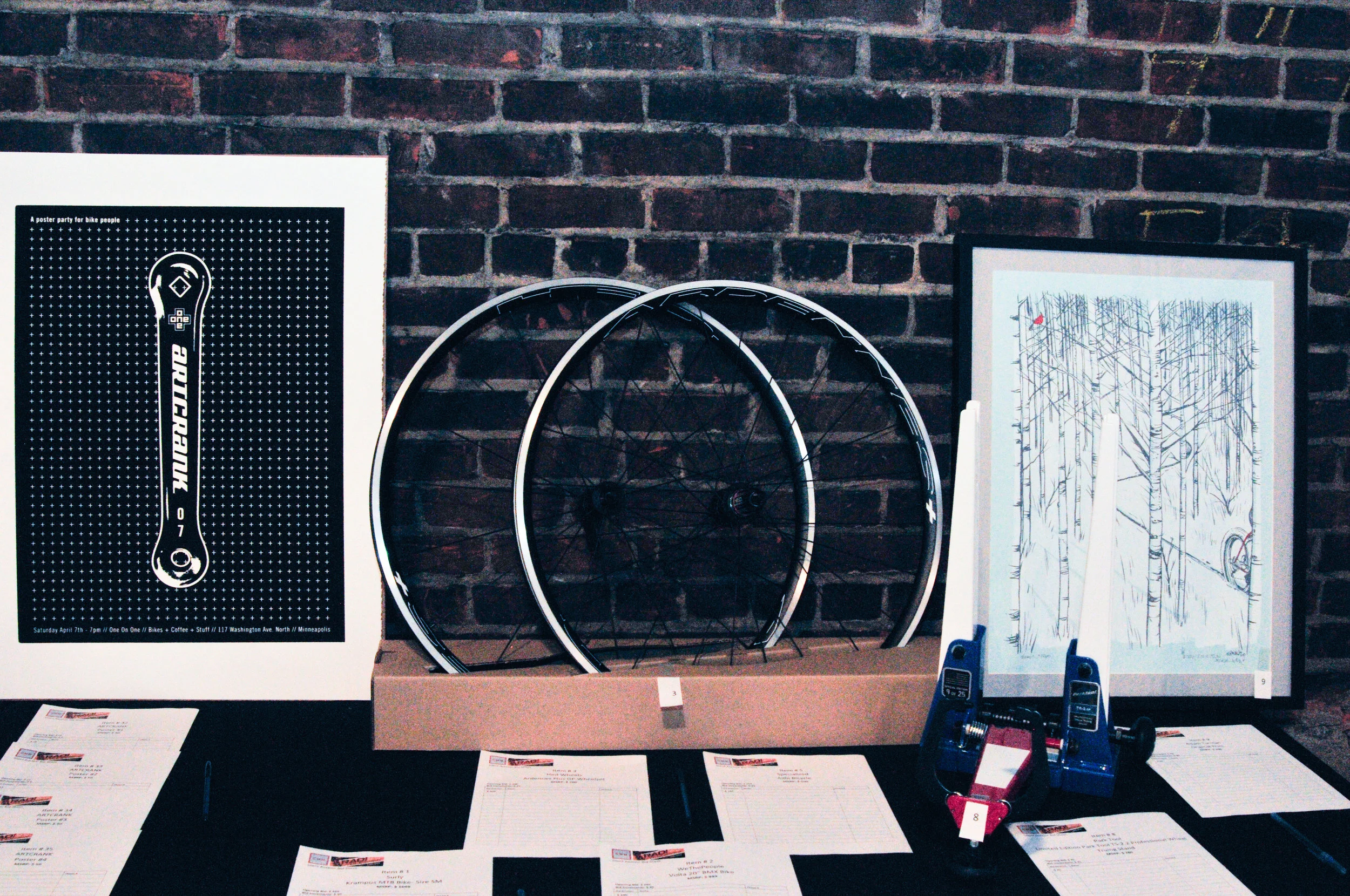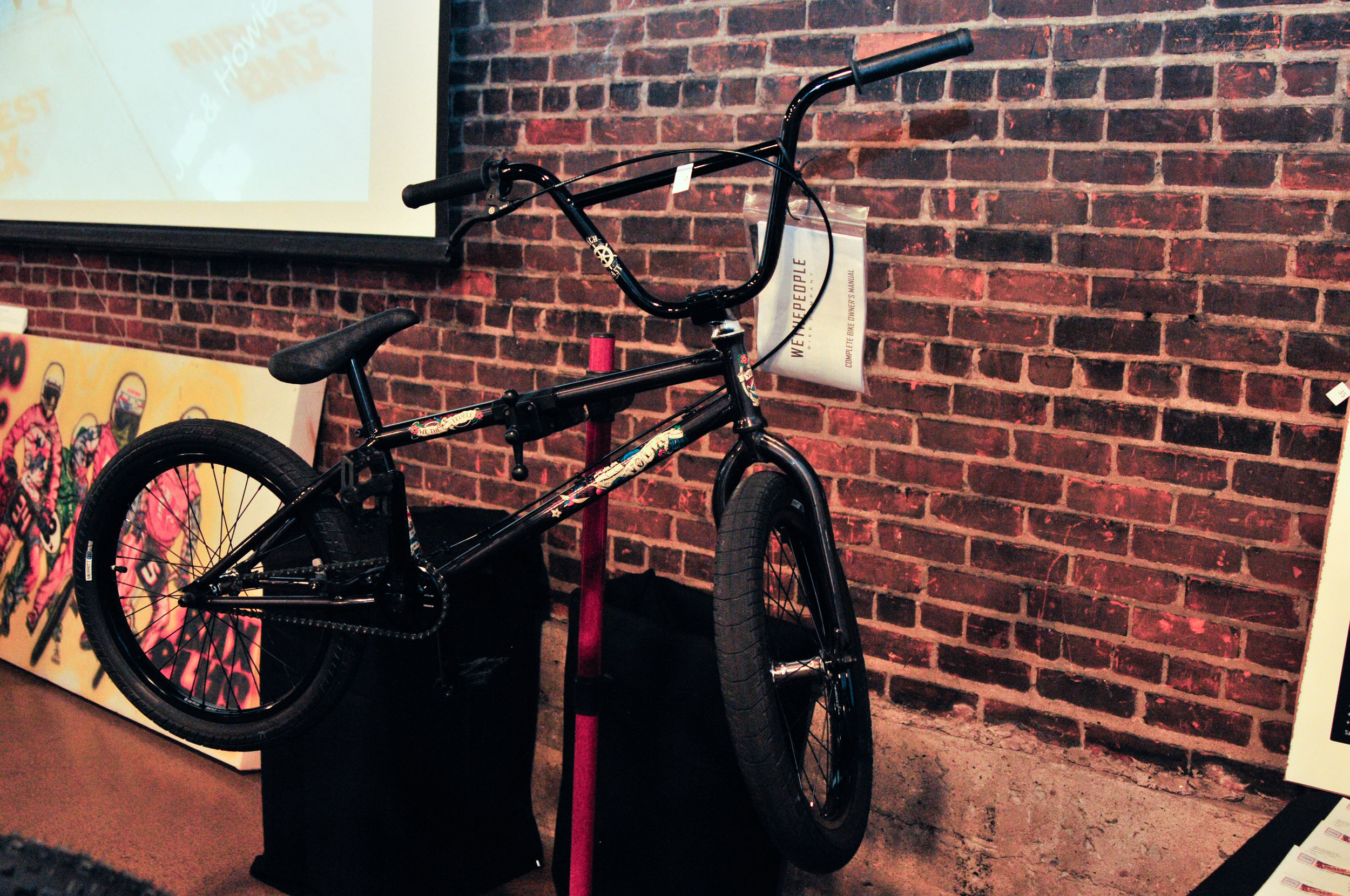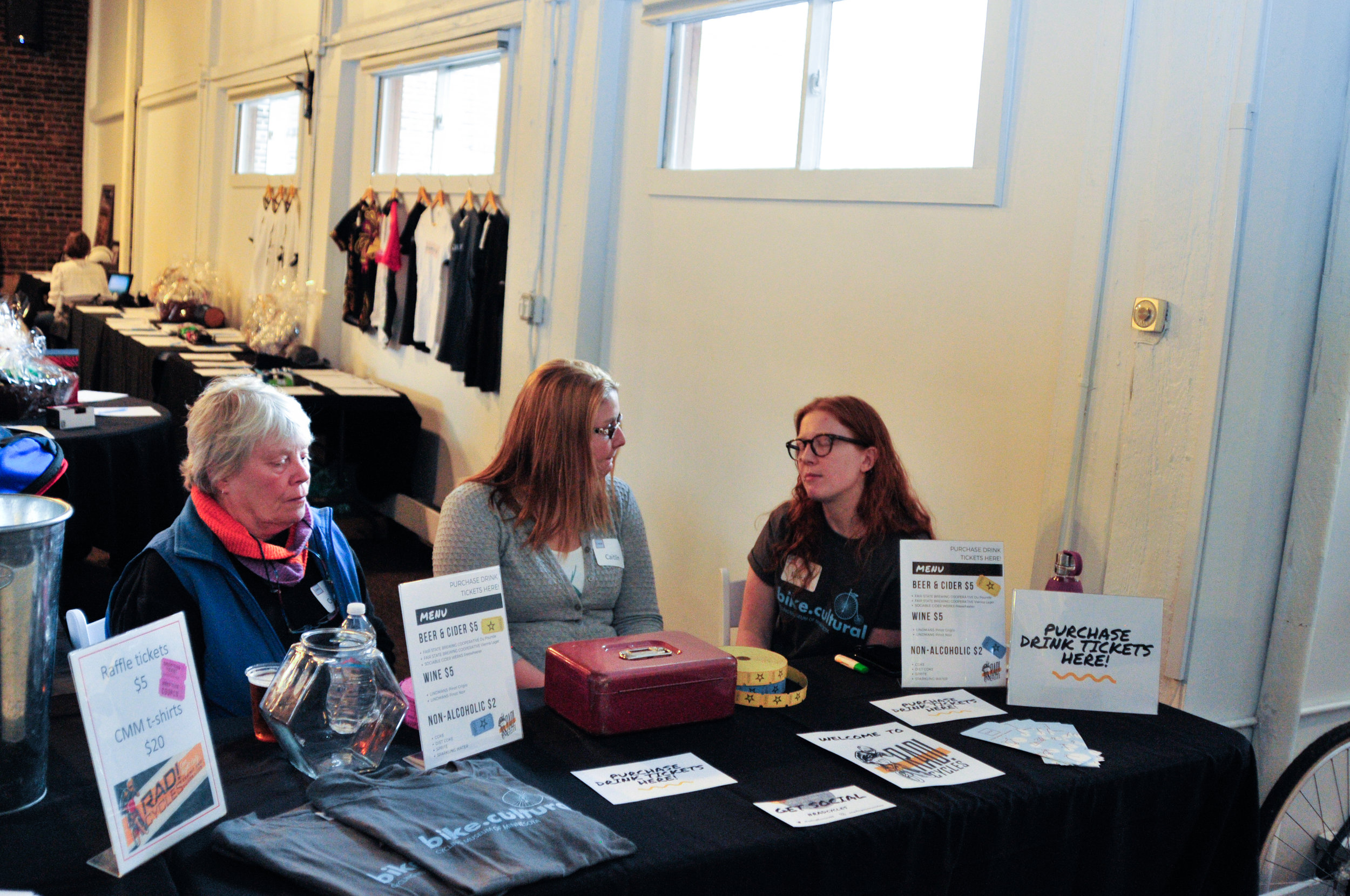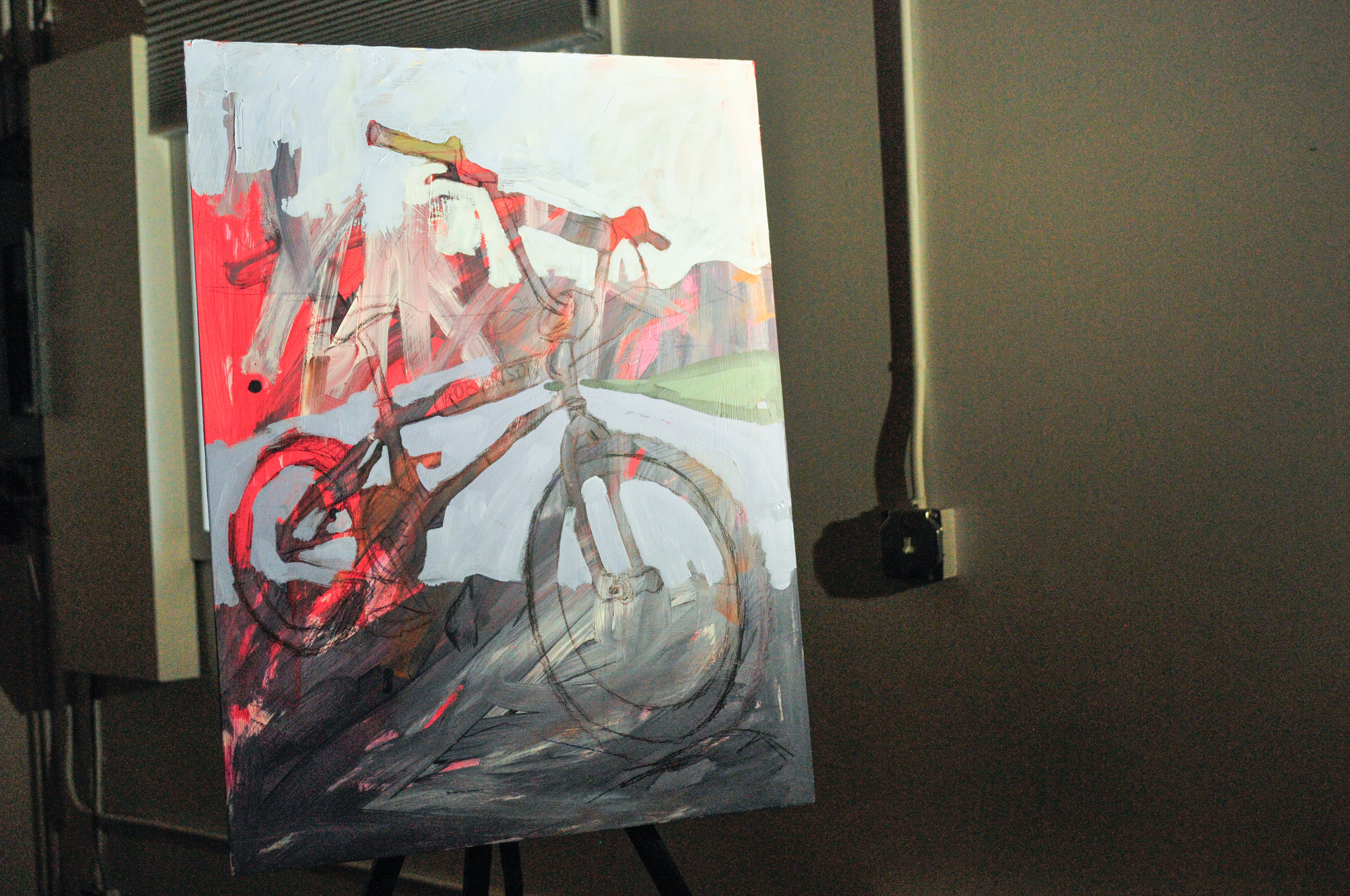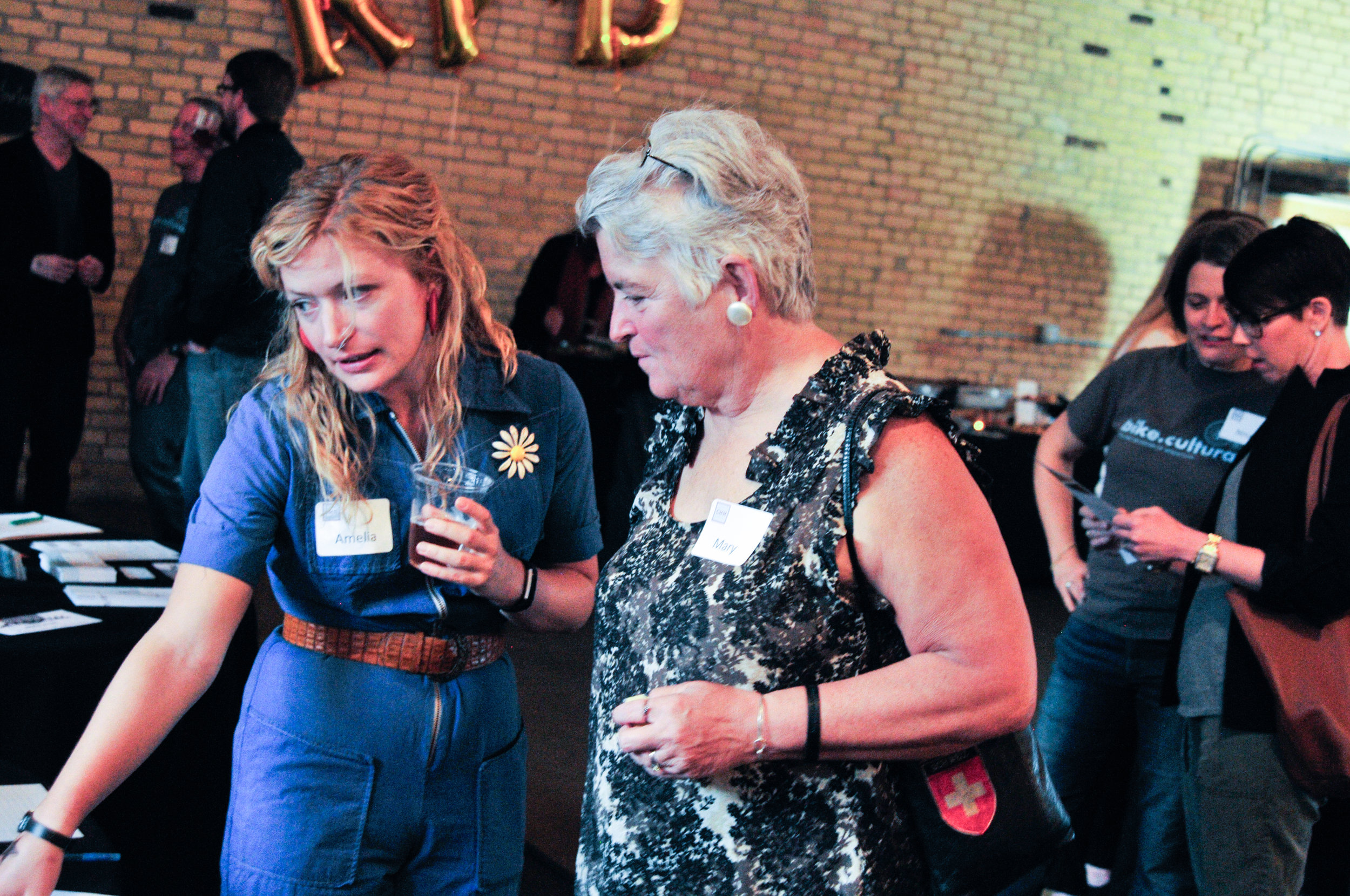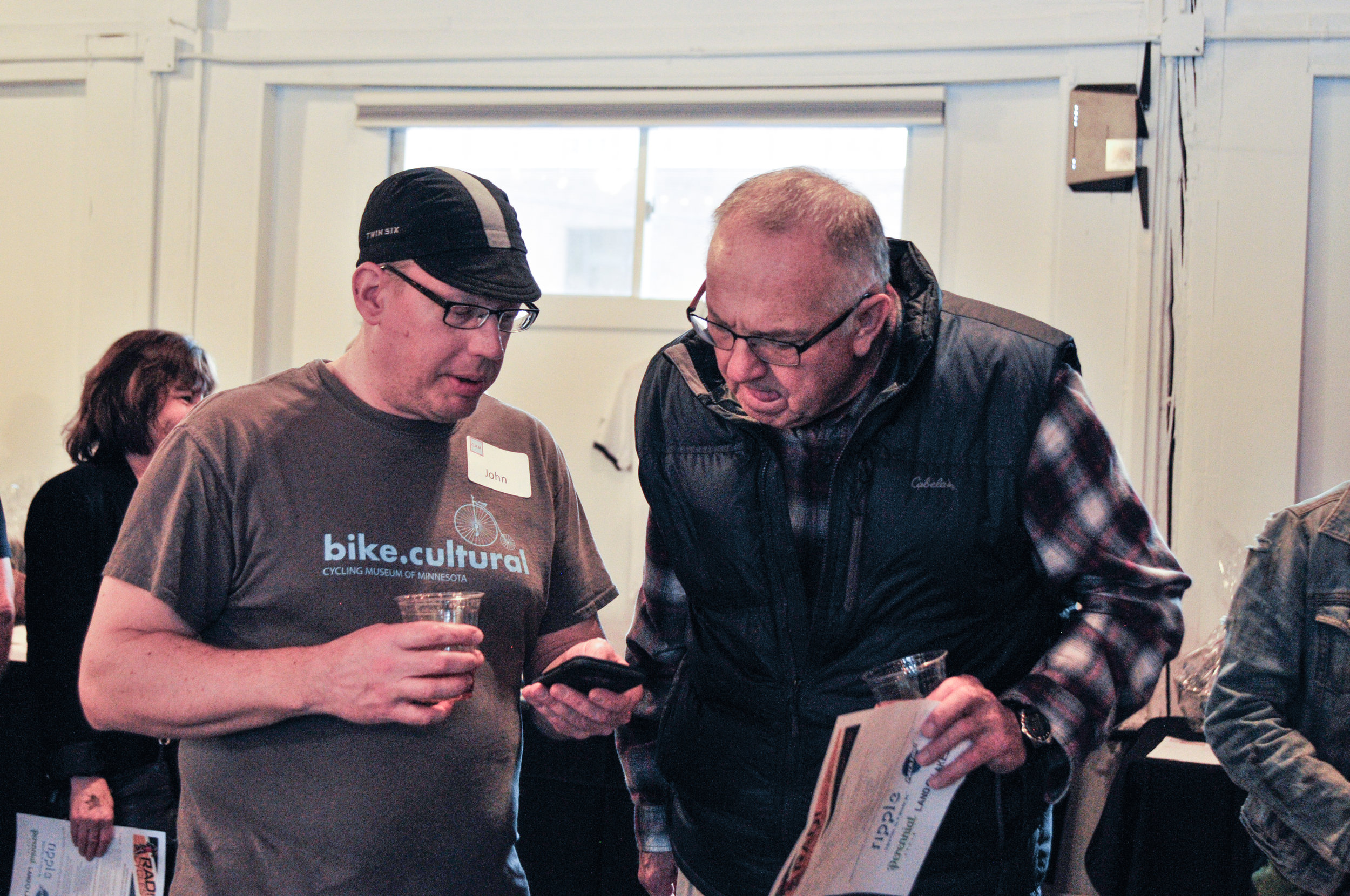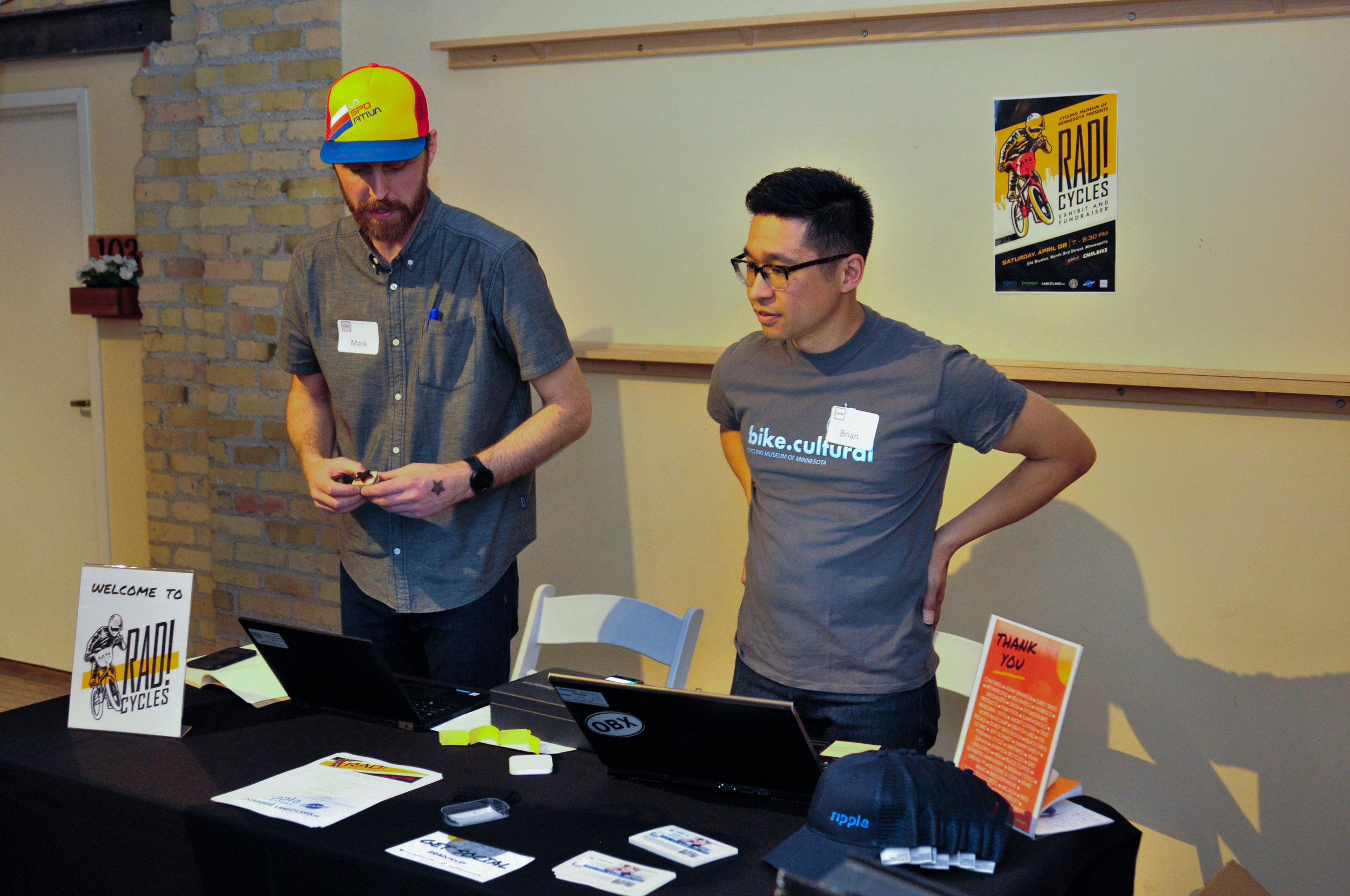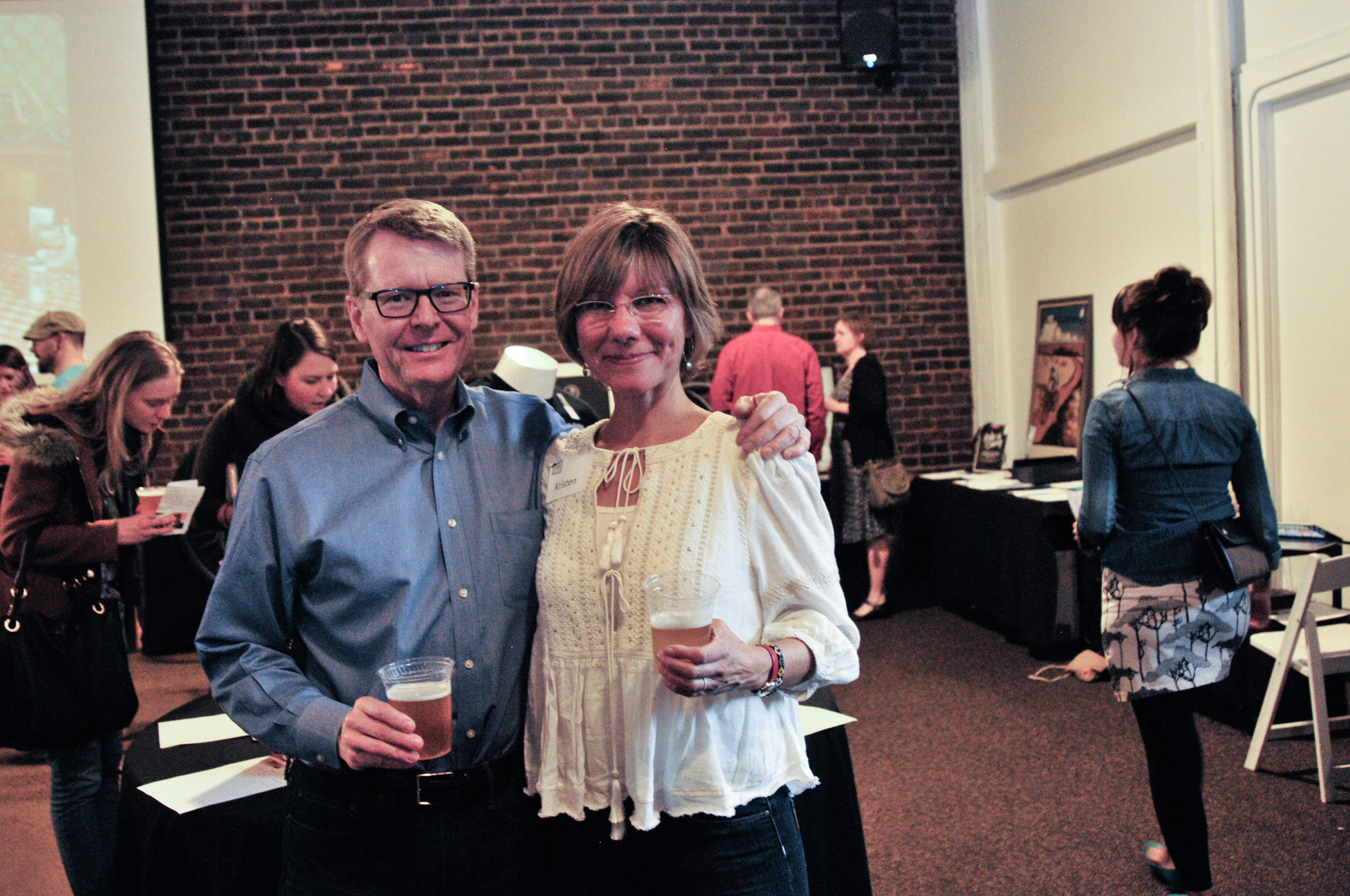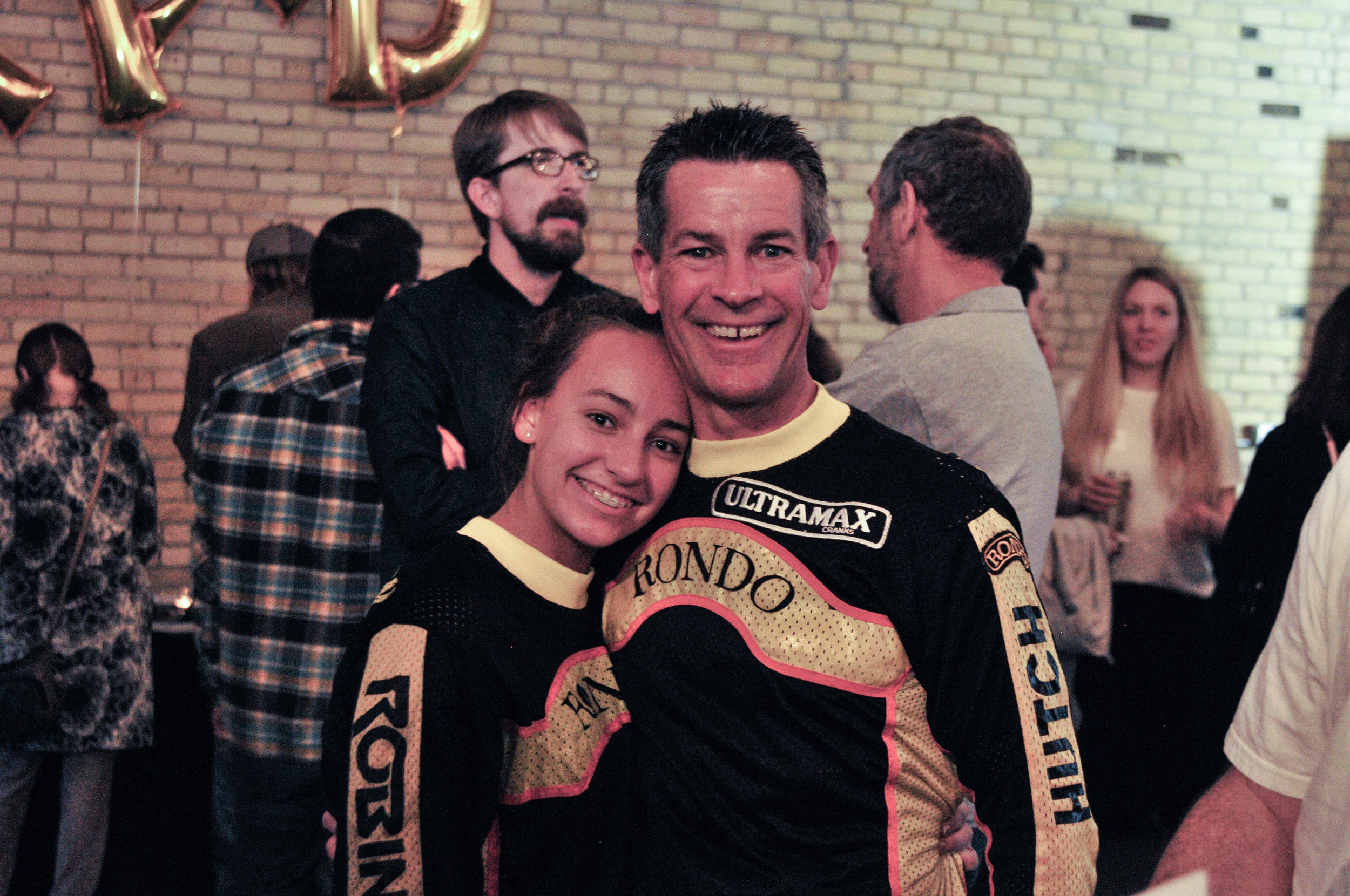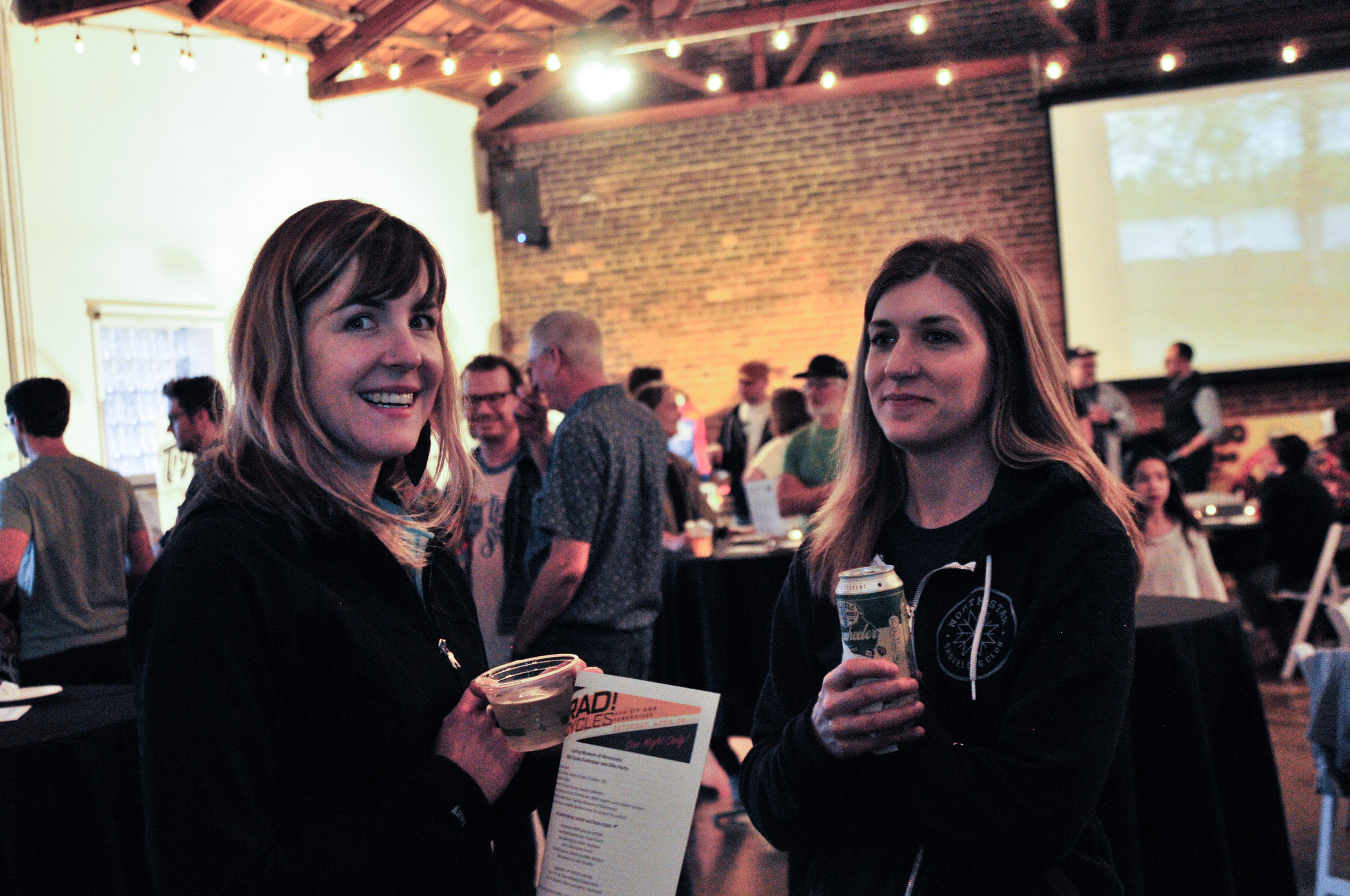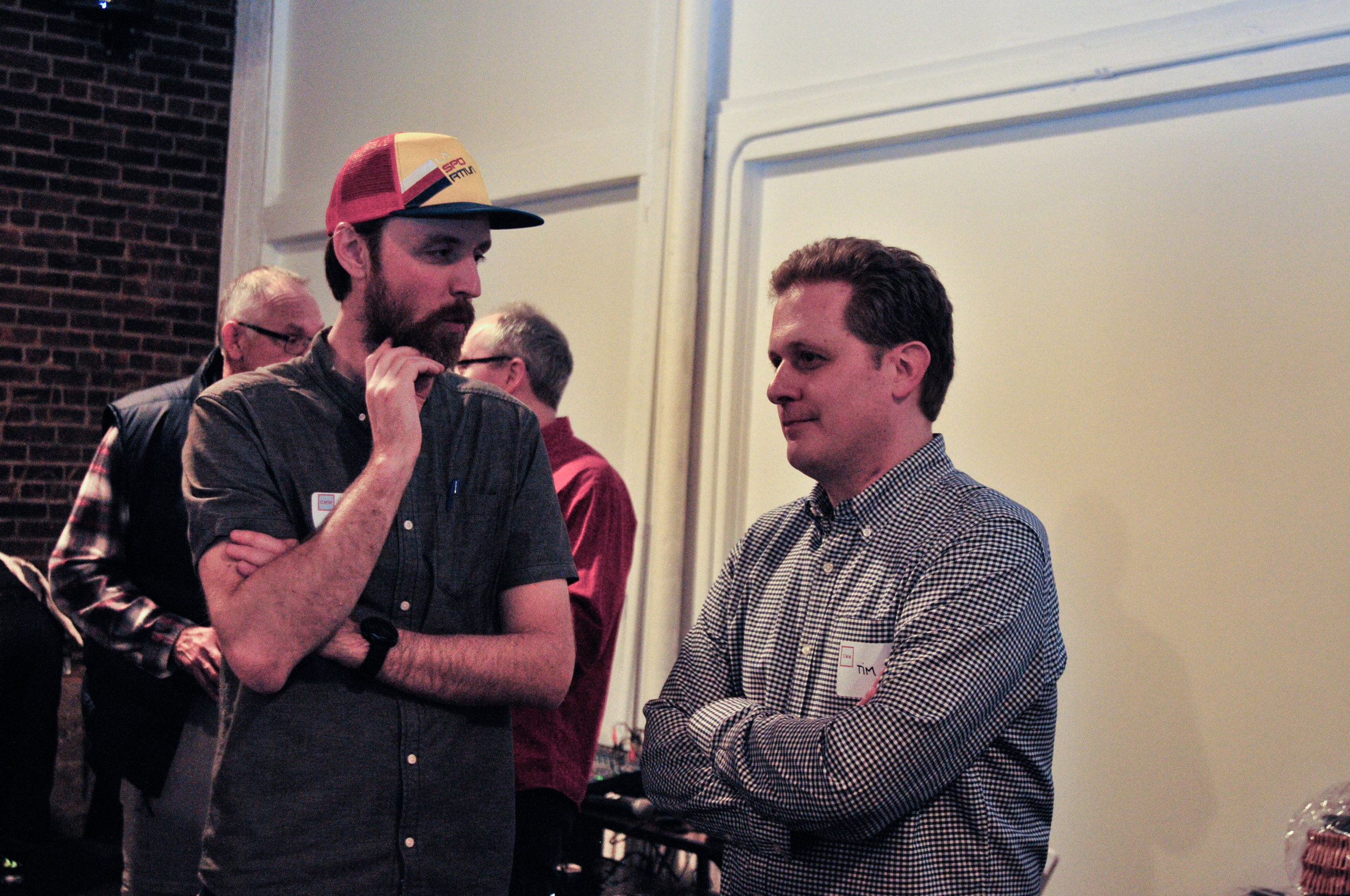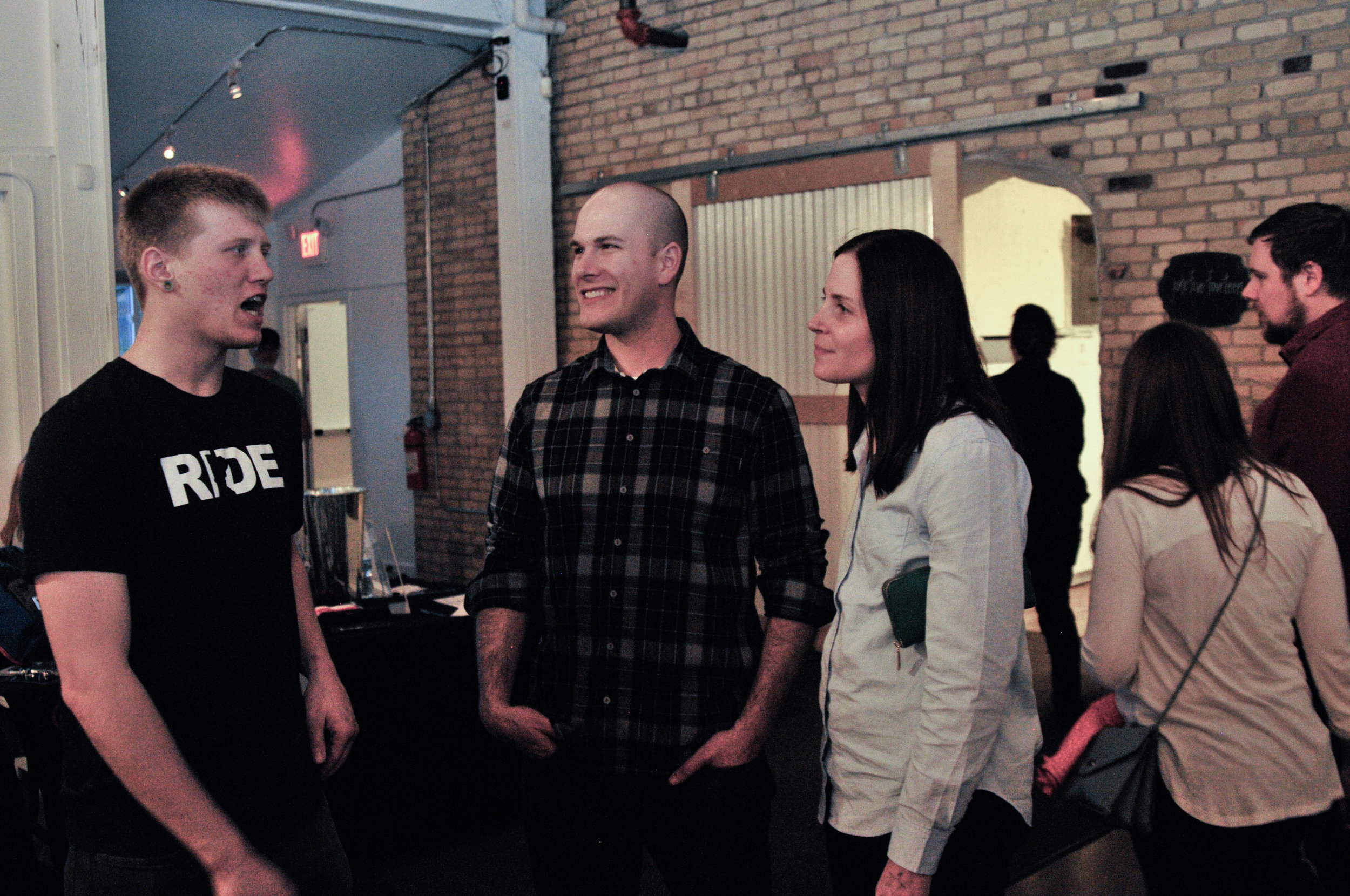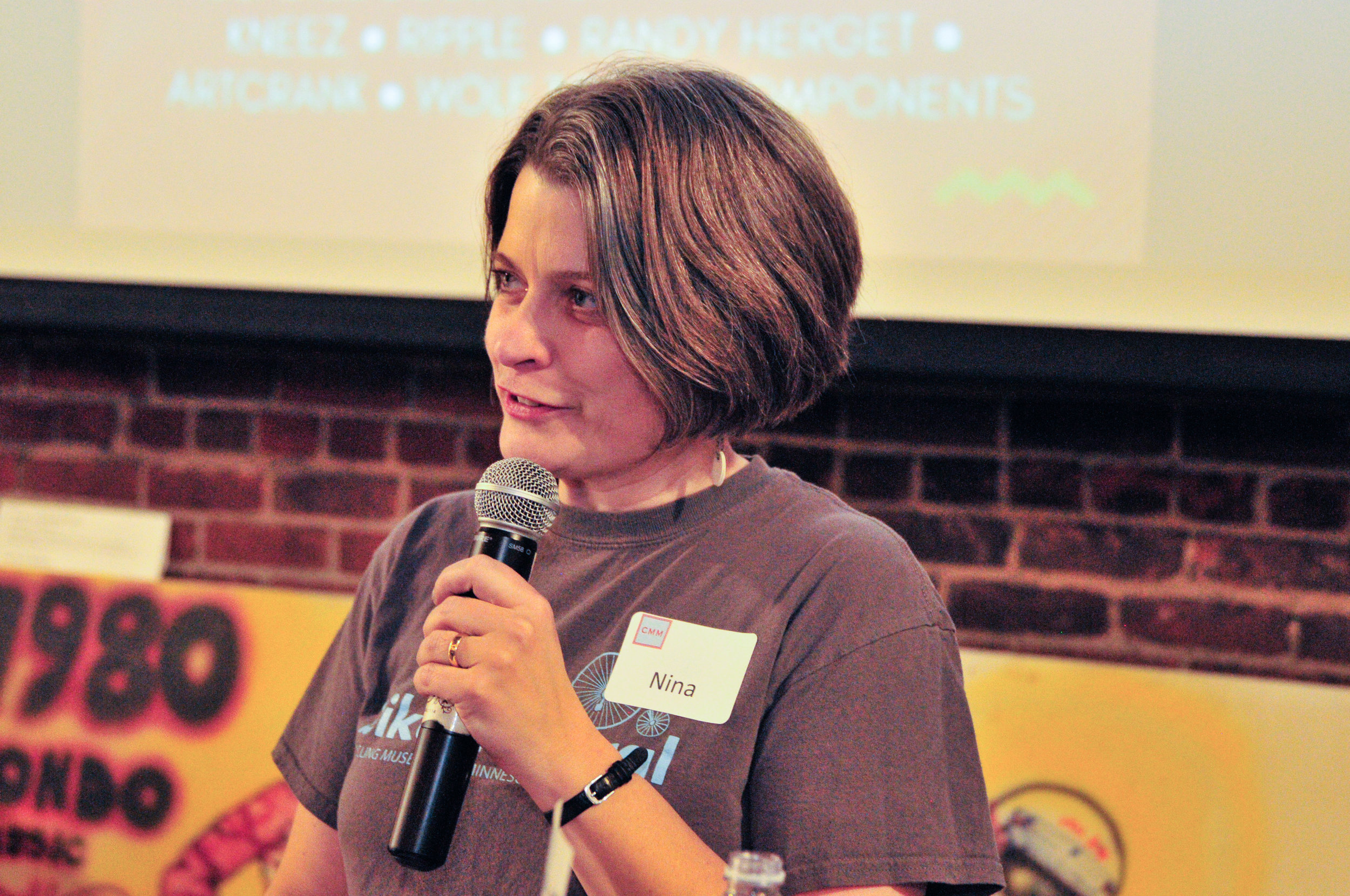These last many months the Cycling Museum of Minnesota (CMM), much like all other institutions, has faced many challenges. A lot of work had gone into the 2020 CMM calendar and we were excited to share it with you all: the popular Bring Your Old Bike (BYOB) event, our SpokesPerson series, a ride or two, a fundraiser, some community events all set and ready to go. But not, it wasn’t to be. Much more serious things were happening to us and all around us.
Shifting to 2021, CMM was looking at its options. If we were going to be doing any programming this year it was going to take some creativity and cooperation. Due to some great personal and professional contacts we were able to find both, outstate at Art in Motion (AiM) and the BoHo Cafe, in Stearns County. After many conversations and much planning, CMM was very excited to partner with AiM/BoHo for a summer of programs, bike displays, an art exhibit, and a couple events.
A bit about Art in Motion and its companion BoHo Cafe, located about 75 miles northwest of the Twin Cities on the Lake Wobegon Trail in Holdingford, MN, Art in Motion is a new business with a focus on art, artist, workshops, bicycles, food, music, events, advocacy. It’s something a bit unique to rural Minnesota, unique pretty much anywhere. BoHo Cafe is a great place to eat, refresh, and refuel. In its first full year of operation AiM/BoHo has developed into a real community center with a wide regional appeal as well.
The CMM/AiM collaboration was extensive. It was to involve a summer long bicycle display from the CMM Vault, an exhibition of the LifeCYCLE show, a BYOB type event, along with a panel discussion. Much of this CMM had done well in the past, but something different as well. How exciting.
Last Spring members of the Collections and Exhibits Committee selected several CMM bicycles to be placed on display for the summer at AiM. In May bikes were transported to, and the display set up by CMM volunteer staff members. These bikes remained on display for the summer, returning to the Vault in October. BoHo Cafe staff received many comments and inquiries on the our bikes throughout the summer.
The last two weeks of July Art in Motion dedicated their entire gallery space exclusively to CMM and our LifeCYLE exhibit. Originally commissioned of artist Nancy Musinguzi in 2016, it was great to see these portraits on display again, accompanied by the exhibit booklet offering some more context to the work.
On July 24, 2021, CMM helped in support of the first Art in Motion “Retro Ride Bike Rally“ vintage bike show and ride. A couple CMM Board members served as judges for the event. Many great bikes were on display. First place was awarded to an early century Harley Davidson with an impressive restoration history. The Retro Ride took place on the Lake Wobegon Trail. Riders rode past Susan Egber’s 857 Pinwheels instillation. Each colorful spinning pinwheel representing a bike rider live lost 2018, the year Susan’s husband John was killed by a vehicle driver. All members of the CMM Board were in attendance.
Finally, CMM members worked to facilitate a Lake Wobegon Trail panel discussion on Sunday July 25, 2021. The Lake Wobegon Trail is an important part of the Minnesota trail system as well as a large part of the Stearns County Parks. We were able to put together all 3 Park Directors over the 23 year life of the trail, along with the LWT Association Director for a bit of history on challenges of developing the “Wobegon” as well as future plans for the trail. The presentation was well attended and received; a good mix of nerdy infrastructure information with just the right amount of amusing anecdotes.
We would be remiss if we didn’t thank some people for this great wonderful CMM/AiM opportunity. Thanks to former CMM Chair Nina Clark and to Central MN arts wonder Heide Jueb for coming up with this idea and sharing it. HUGE thanks to Greg Konsor, Owner and Lily Brutger, Art and Events at Art in Motion/BoHo Cafe for all their support.
This should serve as a model for some CMM efforts going forward. I think all involved would agree, it was worth it. Much more fun and interesting to collaborate with others to achieve a mutual goal. Working together, what a concept.
Kurt Franke, former board of directors member, Secretary




